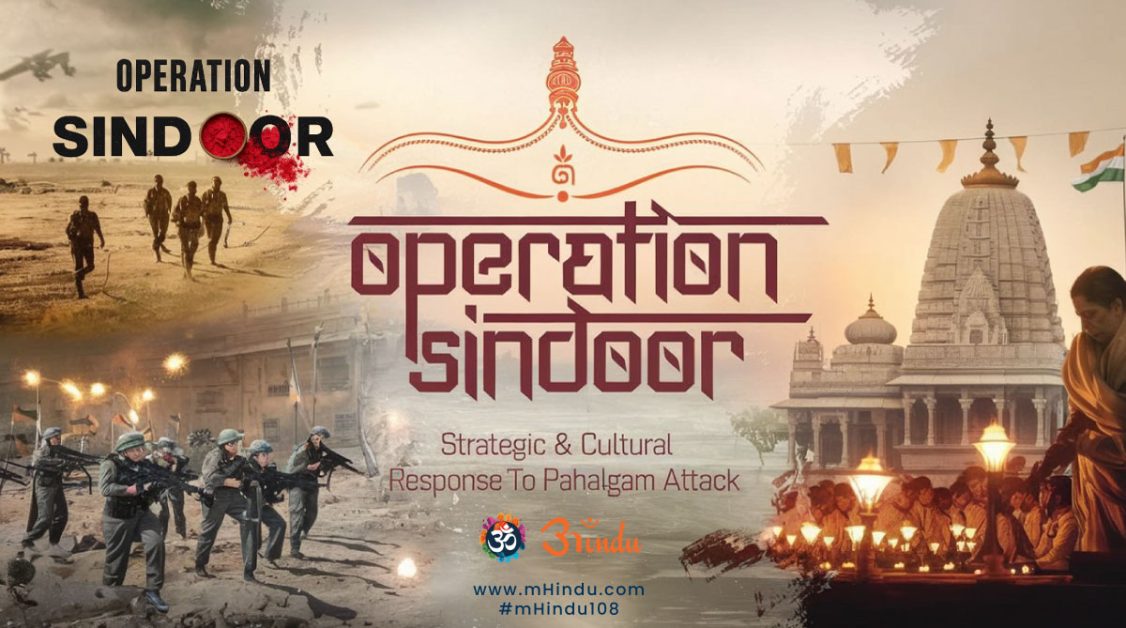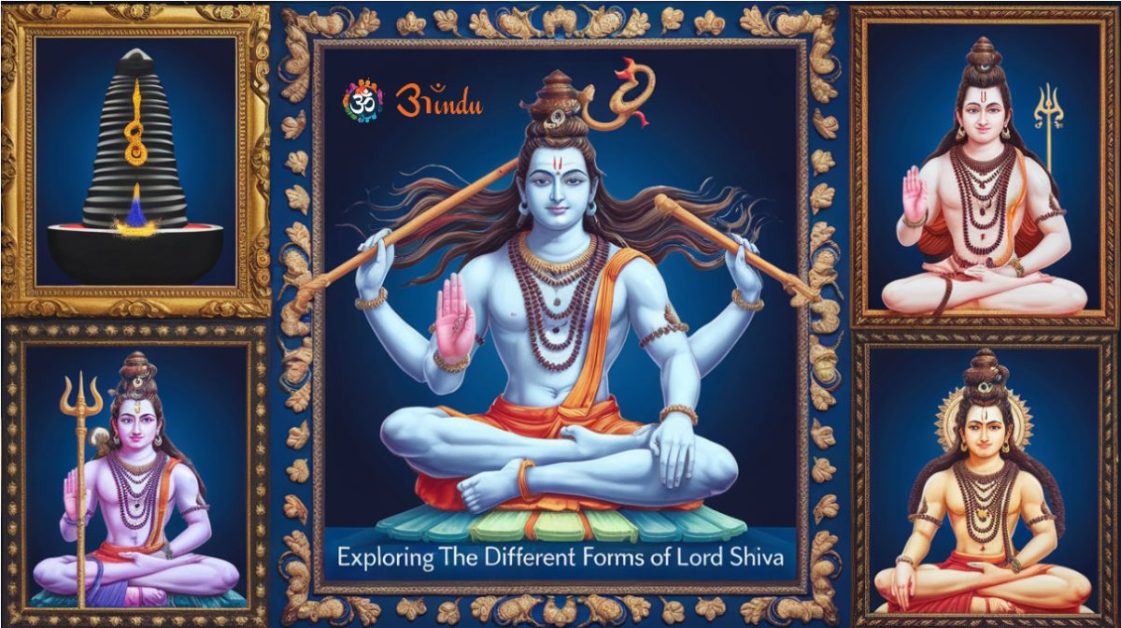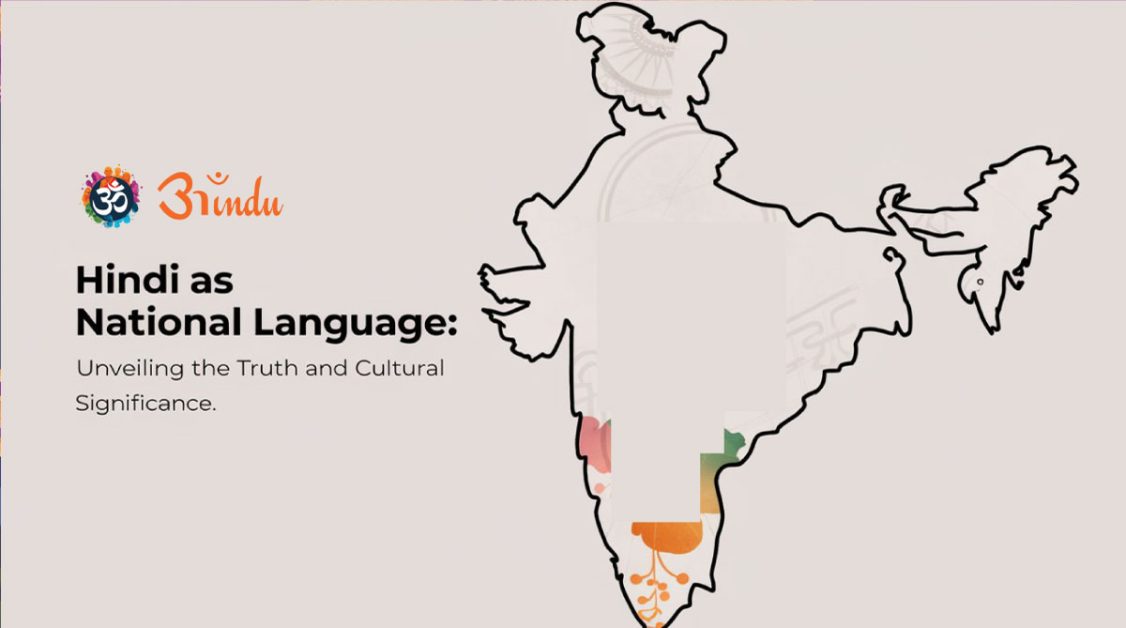
Introduction: A Bloodstained Valley, A Red Mark of Resolve
On a peaceful morning in Pahalgam, a sacred route for yatris and a place steeped in spiritual silence, gunshots tore through the serenity. A brutal terror strike claimed innocent lives, shaking not just a region but the very moral compass of the nation. It wasn’t just another headline. It was a declaration of war against Bharat’s soul.
Explore Blog Content
ToggleWithin hours, a name echoed through the corridors of strategic command: Operation Sindoor.
More than a military operation, it was an answer laced with cultural intent, spiritual symbolism, and national pride.
“The red of Sindoor symbolizes sacrifice, strength, and sanctity. When that red is stained with blood, retaliation becomes a duty,” said a senior official involved in the initial planning.
Operation Sindoor was not just retaliation—it was resolution. A signal that India’s spiritual civilization does not forget or forgive an assault on its people. While guns roared at one end, temples lit lamps in memory. While security forces moved in precision, the public united in prayer, pride, and purpose.
The Strategic Nerve Behind Operation Sindoor
The Indian government, long criticized for reactive counter-terrorism, chose a different path this time—strategic aggression, not emotional chaos.
Within the first 12 hours, agencies like RAW, IB, and the Indian Army’s Northern Command were mobilized under a covert operation codenamed “Operation Sindoor”. The name wasn’t just symbolic—it was strategic. Officials wanted a message that resonated across both battlefields and belief systems.
Why was it called Operation Sindoor?
A senior defense strategist explained, “Sindoor is not just a religious symbol. It’s the mark of dignity on Bharat Mata’s forehead. This operation was to defend that dignity.”
Internally, the name boosted morale. Externally, it created a wave of spiritual solidarity—especially among communities who saw the attack as more than just terrorism, but an assault on identity.
Tactical Framework and Timeline
Unlike spontaneous responses of the past, Operation Sindoor was deeply layered:
- Stage 1: Geo-tagging known terror hideouts through high-resolution satellite imaging and drone sweeps.
- Stage 2: Disrupting communication channels and intercepting suspicious VoIP traffic from border villages.
- Stage 3: Ground-level infiltration by Special Forces to disable assets in silence.
What made Operation Sindoor unique was the parallel psychological warfare.
What made Operation Sindoor unique was the parallel psychological warfare.
Instead of revealing full details, officials used controlled leaks to instill fear in the sleeper networks.
“We weren’t just tracking them. We were haunting them,” noted an officer from the Northern Command anonymously.
How was Operation Sindoor different from previous anti-terror missions?
Most past operations were either post-mortem chases or tactical cleanups. Operation Sindoor, however, was pre-emptive, symbolic, and multi-domain—blending boots on the ground with cyber disruption, financial choking, and cross-border intelligence.
Internal Link Opportunity: Sanatan Dharma
Optional Link if blog exists on military strategy: India’s Response to Terrorism ← Replace if sitemap match
A Cultural Counterstrike—Sanatan Dharma in Action
While soldiers moved in shadows, a louder, more powerful movement rose in the open. Temples, spiritual leaders, cultural organizations, and everyday citizens responded in exactly the way terrorists fear the most—not with panic, but with unity.
From Rameshwaram to Rishikesh, people held deep daans, mass yajnas, and sankalp sabhas.
The message was clear: You may strike us, but you will never divide us.
“This is not just a military retaliation. This is Dharma in motion,” said a spokesperson from the Vishwa Hindu Parishad, referencing how Operation Sindoor became a rallying cry across spiritual circles.
Did cultural communities participate in the aftermath of the Pahalgam attack?
Yes. Several leading spiritual groups organized mass meditations and public prayers. Cultural forums ran awareness campaigns about internal resilience, and thousands of people joined social movements that amplified the name “Operation Sindoor” as a civilizational resistance—not just a government-led mission.
How did the Hindu community interpret Operation Sindoor?
Many saw it not just as justice, but as a restoration of Dharma. The red sindoor, often applied to the forehead of married Hindu women and deities, became a national metaphor. It wasn’t just pigment—it was pratigya (vow).
Posters, social media campaigns, and even political speeches began referencing the “red line drawn by Operation Sindoor”, hinting at both cultural defiance and strategic firmness.
“If they touch our temples, our yatras, or our civilians—we will respond with both Trishul and Technology,” said a member of the National Security Advisory Board in a closed-door session leaked by news outlets.
The Emotional Fallout—From National Grief to Civilizational Grit
The Pahalgam terror attack was not just a loss of life—it was a tear in the collective consciousness of the nation. Images of bloodstained soil, shattered shrines, and crying children rippled across social media, TV newsrooms, and community WhatsApp groups. The sorrow was visceral, but what followed was equally intense—a surge of unified outrage and resolve.
Candle marches turned into cultural rallies. What started as mourning, evolved into mobilization—for justice, protection, and a long-overdue spiritual awakening.
“This was not just an act of terror. It was a message to Bharat. And we’ve replied, not just with firepower, but with faith,” said a spiritual leader from Haridwar during a public gathering three days after the attack.
Families of the victims were not left to grieve in isolation. Volunteers, temple groups, and civil society workers across India reached out with emotional and financial support. Social platforms were flooded with hashtags like #JusticeForPahalgam, #OperationSindoor, and #RashtraKeRakhwale.
How did common citizens respond to the Pahalgam terror attack?
From metropolitan cities to rural interiors, citizens displayed solidarity with security forces and the victims’ families. Cultural programs paused to honor martyrs. Some temples renamed community events after the victims, while many Indians pledged donations to defense welfare funds and organized blood donation drives in the name of Operation Sindoor.
What role did media and influencers play during Operation Sindoor?
Nationalistic influencers, news anchors, and ex-military officers took to social platforms to decode the symbolic and strategic depth of Operation Sindoor. Independent channels streamed content dissecting the cultural undertones of the mission. YouTube and Instagram saw spikes in content with the operation’s name, helping it become a national conversation, not just a defense bulletin.
➡ Watch: How India Avenged The Pahalgam Terror Attack – Operation Sindoor Analysis
Political Messaging—A Shift from Silence to Strength
Operation Sindoor quickly evolved into more than a military code—it became a political doctrine. Key ministers and political leaders across party lines released statements supporting the swift action taken post-Pahalgam, but it was the tone of the messaging that marked a shift.
“For every drop of innocent blood shed, we will paint the skies with justice. Operation Sindoor is not just a counter-strike—it’s a commitment to India’s future,” said the Union Home Minister during a national address.
Parliament sessions paused to pay homage to the victims. Multiple MPs echoed demands for stronger border security, digital surveillance, and counter-narrative mechanisms to handle pro-terror propaganda.
Meanwhile, in states like Uttar Pradesh, Madhya Pradesh, and Gujarat, local assemblies passed resolutions praising the armed forces and promoting community solidarity programs in memory of Pahalgam’s martyrs.
Did Operation Sindoor influence government policies?
Yes. Within days of the operation, the Ministry of Home Affairs pushed for updated anti-terror surveillance frameworks, and intelligence-sharing protocols between central and state agencies were fast-tracked. It also led to an inter-ministerial panel focusing on spiritual security zones near pilgrimage sites.
How did international media react to Operation Sindoor?
Global outlets like Reuters, The Guardian, and Al Jazeera covered the event with varying tones. While some focused on the military aspect, others highlighted the cultural uniqueness of India’s response. Several South Asian geopolitical analysts referred to it as a “hybrid retaliation model” that combined hard power with emotional symbolism.
🔗 Internal Link Opportunity: Culture
The Long-Term Vision—Building a Culturally Aligned Counter-Terror Framework
Operation Sindoor is not an end—it is a beginning. It marked a shift in India’s counter-terrorism policy from reactive retaliation to integrated cultural defense.
Going forward, several new steps are being discussed:
- Temple Surveillance Units for high-risk regions
- Community-based rapid alert networks
- Introduction of a school curriculum module on civic and spiritual responsibility
- Partnerships with Hindu spiritual organizations to foster awareness against radical ideologies
“We’re no longer just building walls. We’re building narratives,” said a cyber-intelligence official involved in post-operation strategy formulation.
This approach doesn’t just respond to threats—it reshapes the psychological battleground.
Will Operation Sindoor become a model for future Indian missions?
Defense analysts say yes. Operation Sindoor’s mix of symbolism, tech precision, and cross-community communication is now seen as a template for high-impact, culturally rooted national security actions.
Can India’s spiritual ethos really influence national security?
Absolutely. As one retired Army General said, “Weapons win battles. Culture wins wars.” When an entire population backs an operation not just in spirit but in identity, it gives moral legitimacy to state action—both internally and globally.
➡ Watch: India Strikes Pakistan Terror Bases Post-Pahalgam – Operation Sindoor Report
Voices from the Ground—The Real Heroes of Operation Sindoor
While headlines and political panels discussed strategies and outcomes, the real essence of Operation Sindoor emerged from the voices of those directly involved—the intelligence officers, commandos, villagers who aided with information, and families of the martyrs. This section captures their unfiltered patriotism, bravery, and belief in Dharma.
One officer from the unit deployed in South Kashmir remarked anonymously:
“This wasn’t just a job. This was personal. Every operative in Operation Sindoor carried a photo in their wallet—not of a plan, but of the people who died in Pahalgam.”
The stories are endless—of a temple pujari who offered shelter to soldiers tracking suspects, of a schoolteacher who helped identify foreign infiltrators, of a mother who said goodbye to her only son with a smile, because “he was chosen for Sindoor.”
These voices were amplified through platforms like Doordarshan, Bharat First, and local YouTube outlets who chose not just to report—but to honor.
Who were the frontline heroes of Operation Sindoor?
Members of the Para SF, Ghatak Platoons, and intelligence units from RAW and IB led the operation. Beyond the forces, unsung heroes included local informants and temple custodians who helped coordinate silently. Many received posthumous or field gallantry awards.
Did Operation Sindoor impact public morale?
Yes—immensely. Unlike previous counter-operations that remained hidden, Operation Sindoor became a public movement, inspiring youth to consider joining the forces, pushing cultural leaders to spread awareness about civic vigilance, and prompting even apolitical citizens to feel emotionally invested in India’s national and spiritual security.
➡ Watch: 175 Detained in Anti-Terror Ops Post-Pahalgam | Operation Sindoor Ground Report
Summary: Why Operation Sindoor Matters for the Hindu Spirit and Indian Future
Operation Sindoor was more than a military maneuver—it was India’s unified answer to an attack on its dignity. It was the confluence of strategy, spirituality, and Sanatan Dharma, executed not just with rifles, but with resolve.
It stood as:
- A reminder that terrorism cannot break a civilizational spirit
- A model for culturally informed state action
- A spiritual reckoning, where every temple, household, and community contributed in their own way
For the Hindu community, it reinforced that protection of Dharma is not just a state responsibility—it is collective karma. From pujaris to patriots, from commanders to commoners, Operation Sindoor became a red line: spiritual, emotional, strategic.
As India walks forward, this operation will be remembered not only for the enemies it destroyed—but for the identity it defended.
FAQs: Operation Sindoor
- What is Operation Sindoor in India?
Operation Sindoor is India’s strategic and cultural counter-terrorism operation launched in response to the Pahalgam terror attack. It combined military precision with symbolic cultural messaging rooted in Sanatan Dharma. - Why is it called Operation Sindoor?
The operation was named “Sindoor” to symbolize the sacred red mark of dignity and protection in Hindu culture, conveying that Bharat Mata’s honor would be defended at all costs. - What was the objective of Operation Sindoor?
To neutralize the masterminds of the Pahalgam attack, dismantle sleeper cells, disrupt terror infrastructure, and restore civilizational morale. - Did civilians contribute to Operation Sindoor?
Yes, many civilians aided through local intelligence, logistical support, and emotional solidarity via cultural events and awareness campaigns. - What role did Sanatan Dharma play in this operation?
The operation drew deeply from Sanatan Dharma’s principles of Dharma Raksha (protection of righteousness), inspiring a spiritually motivated national response. - Which agencies were involved in Operation Sindoor?
RAW, IB, NIA, Indian Army (Northern Command), and paramilitary forces collaborated for coordinated intelligence and ground action. - How did the Hindu community respond to the Pahalgam attack?
Through temple events, mass prayers, donations, and public demonstrations of unity—proving that terror may hurt the body, but not the soul. - Will Operation Sindoor be followed by similar operations?
According to defense experts, Operation Sindoor is now a template for future integrated response frameworks that blend military action with cultural assertion.







